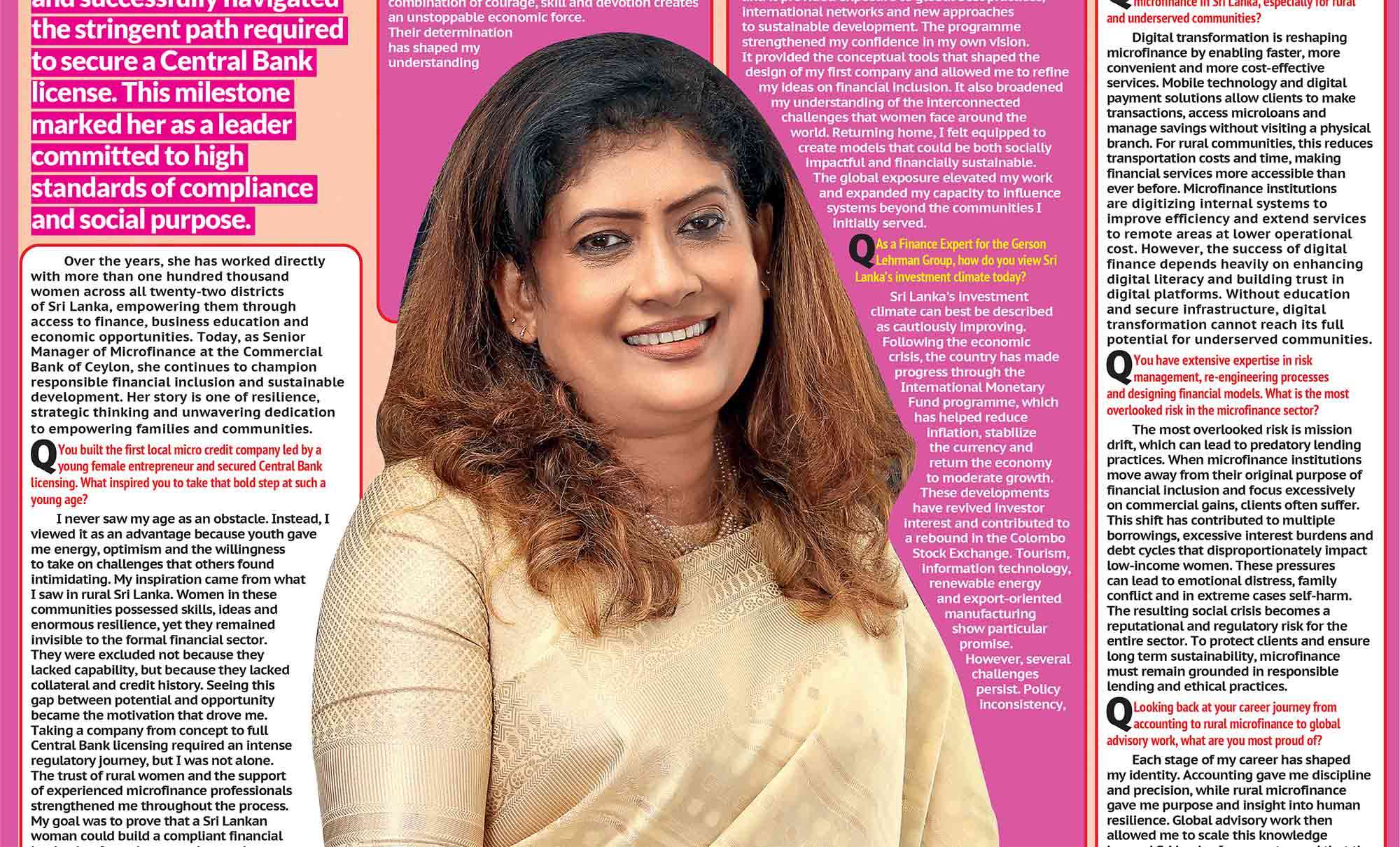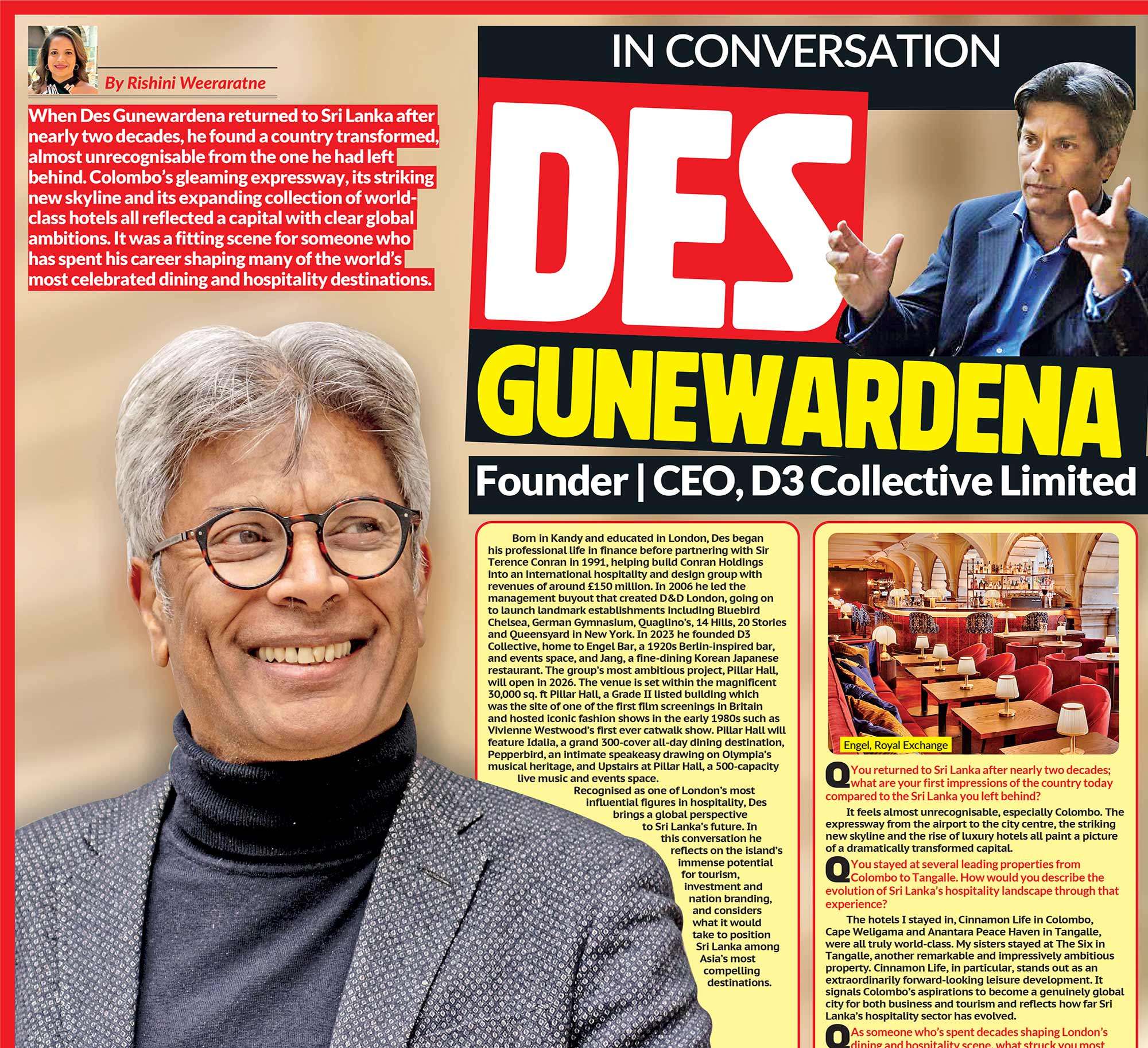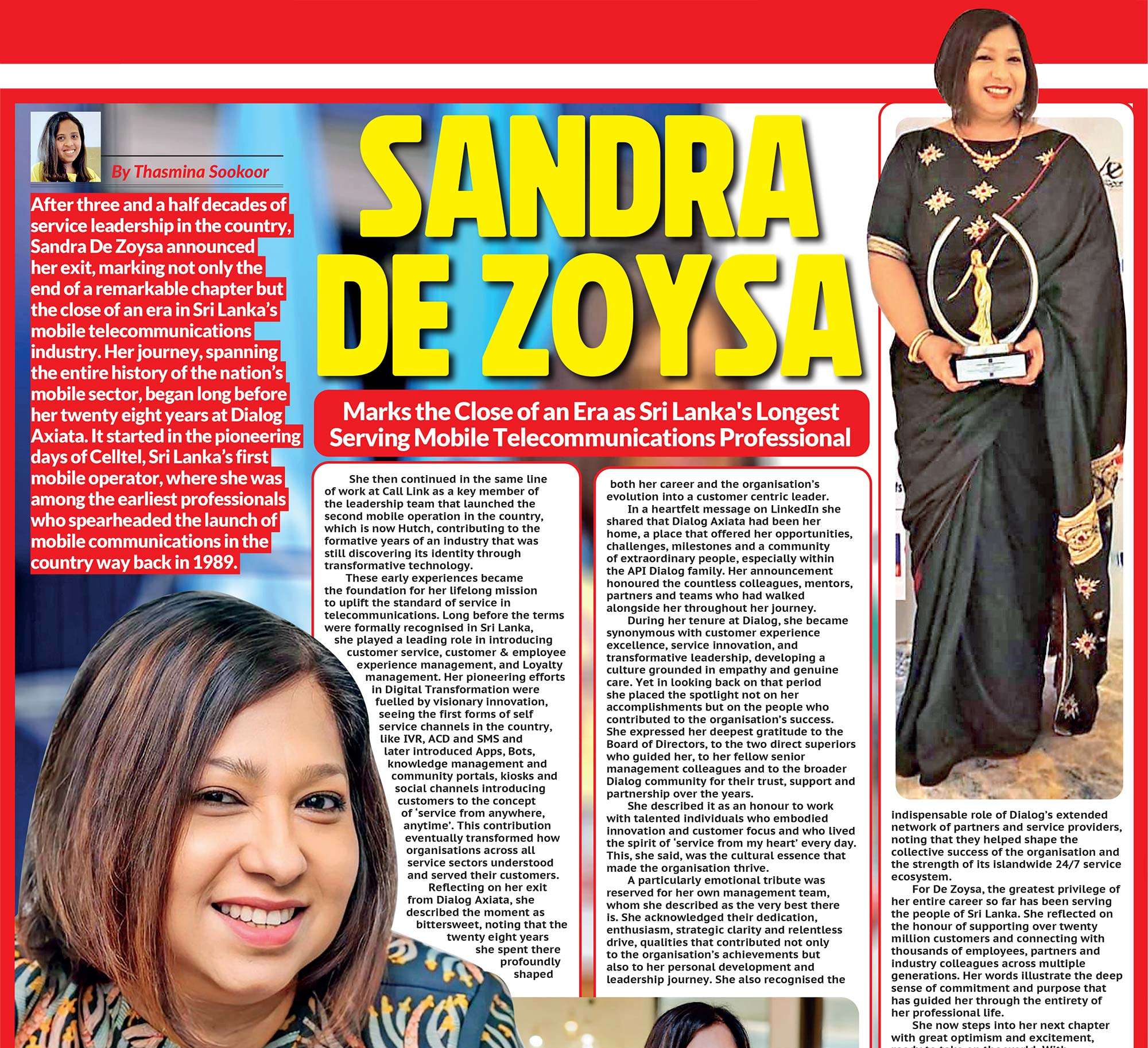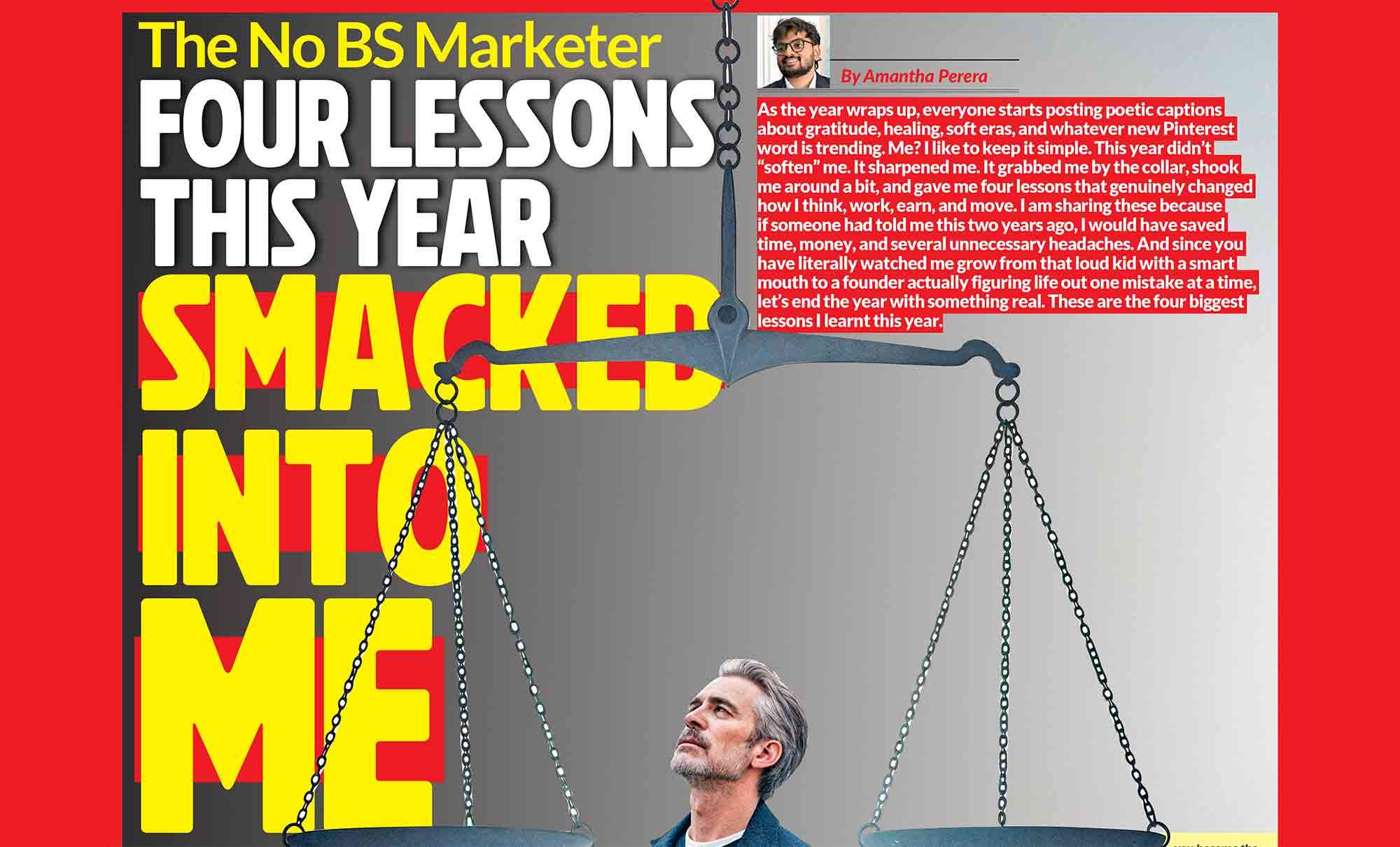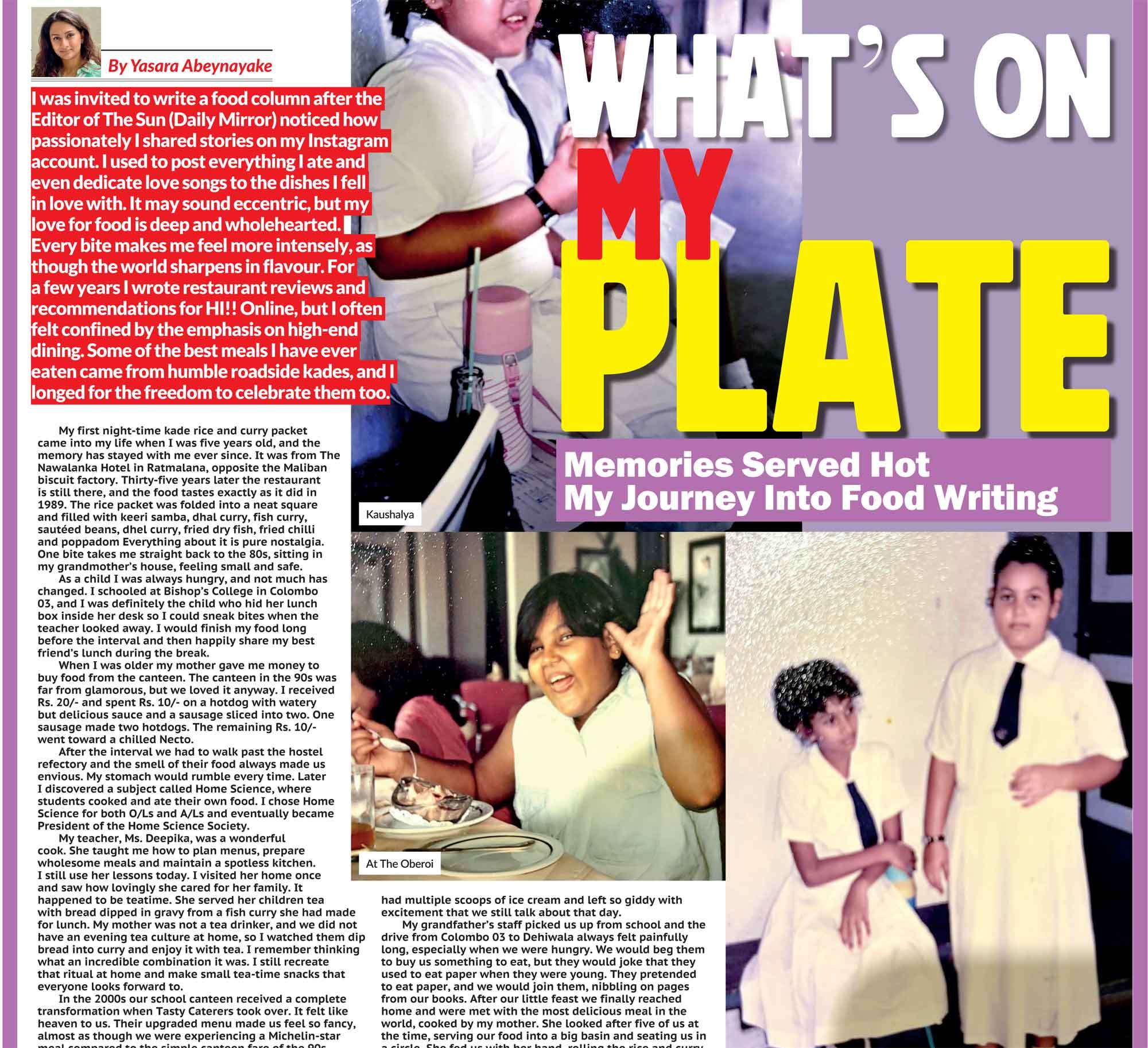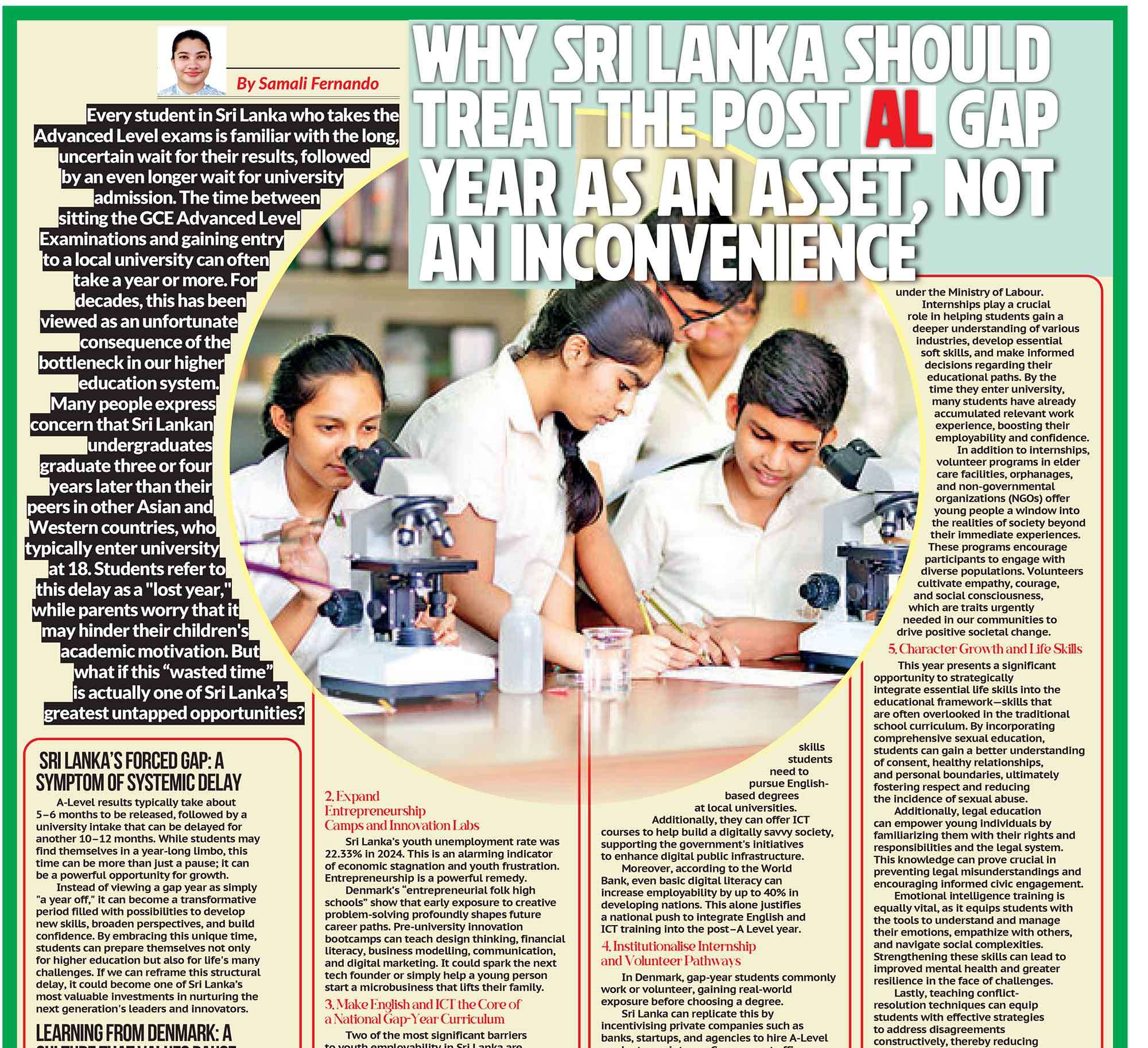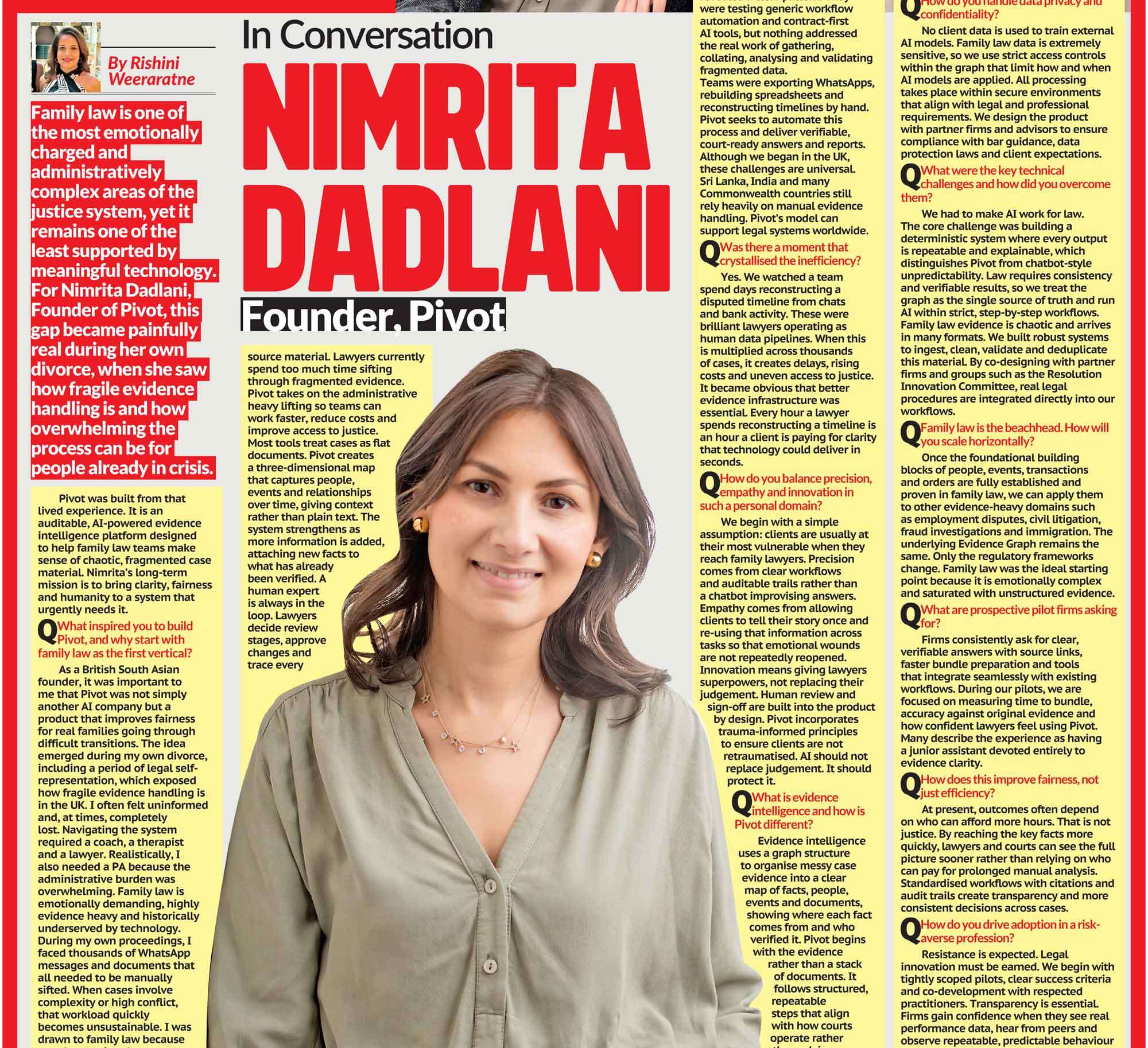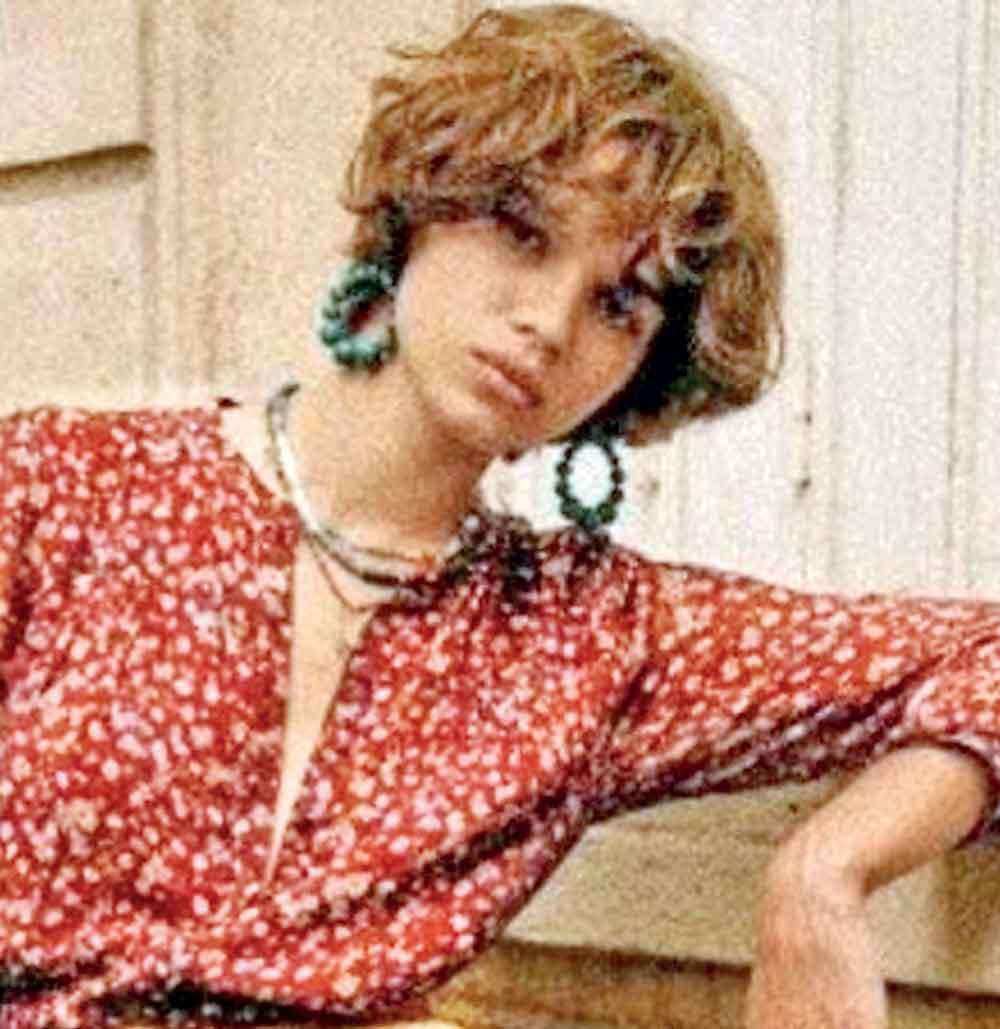
Sézane
 Luxury once lived behind velvet ropes. It was the glimmer behind the glass, the hushed boutique with the doorman and the scent of exclusivity. The price tag was never just a number; it was a barrier, a whispered reminder that luxury was not for everyone.
Luxury once lived behind velvet ropes. It was the glimmer behind the glass, the hushed boutique with the doorman and the scent of exclusivity. The price tag was never just a number; it was a barrier, a whispered reminder that luxury was not for everyone.
But in a world transformed by digital transparency, shifting values, and the rise of social storytelling, the rules of aspiration have quietly changed. Between the chaos of fast fashion and the hauteur of haute couture, a new class of brands has emerged, rewriting the definition of modern luxury. This is the age of mid-luxury, a space where craftsmanship meets clickability, where aspiration feels attainable, and where the most coveted purchase is no longer a statement of wealth, but of self-awareness.
From Exclusivity to Emotional Connection
The modern luxury consumer no longer seeks to be impressed; they want to feel understood. The shift is not just economic; it’s emotional. Once upon a time, luxury represented distance and desirability, a world apart from the everyday. Today, it stands for connection, intimacy, and belonging. This new emotional currency has changed the language of branding. Logos have given way to lifestyle. The modern consumer doesn’t just buy a handbag or a blazer; they buy into a story, one that mirrors their own values and aspirations. They want to know where their products come from, who made them, and what the brand stands for. Brands like Sézane, Mejuri, and Anine Bing are leading this quiet revolution. Their appeal lies not in ostentation but in authenticity. Sézane’s founder Morgane Sézalory turned what began as a Parisian apartment venture into a global movement by selling romance in recyclable boxes. Her brand thrives on emotion, handwritten notes, thoughtful design, and a sense of community that feels more like friendship than marketing. Mejuri, meanwhile, dismantled the old notion that fine jewellery was something to be gifted. It made gold and diamonds democratic, encouraging women to buy for themselves, not as a gesture of extravagance, but as an act of empowerment. And Anine Bing blurred the lines between off-duty model and modern entrepreneur, distilling a wardrobe that embodies confidence, independence, and ease. These are not brands you look up to; they are brands you live with.
The Art of Selling Personality
Each of these mid-luxury brands sells more than a product, they sell a point of view, a personality, a lifestyle you can step into with a single purchase. A Sézane cardigan is not just knitwear; it’s a soft piece of Paris. A Mejuri ring is not just jewellery; it’s a reminder of self-worth. An Anine Bing blazer is not just tailoring; it’s a uniform for ambition. Luxury is no longer something you wear on special occasions; it’s something that fits into your everyday ritual, your morning coffee, your commute, your reflection in the mirror before a meeting. The beauty of mid-luxury lies in its balance. It sits effortlessly between Zara’s accessibility and Chanel’s aspiration, targeting the consumer who seeks investment pieces without the intimidation of an exclusive showroom. This audience, predominantly millennial and Gen Z professionals, buys with intention. They are fluent in sustainability, sceptical of status, and discerning in their choices. For them, meaning matters more than the logo. Their purchases are quiet affirmations of their values: craftsmanship, conscious production, and design that outlives a single season. A £400 blazer or £250 gold vermeil necklace is no longer viewed as a “guilty indulgence.” Instead, it represents thoughtful value, an investment in quality over quantity, in timelessness over trend. These are pieces that whisper refinement rather than shout privilege. The allure of mid-luxury is precisely this: it feels human. It is refined but relatable, sophisticated but not elitist. It’s an invitation, not a gate.
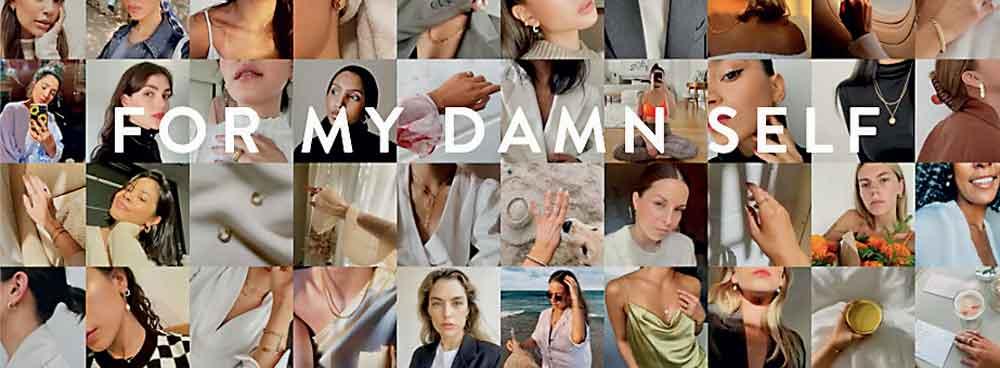
Mejuri “For My Damn Self” Campaign
The Power of Storytelling and Social Commerce
If the last decade taught us that content is king, the new luxury era proves that storytelling is sovereignty. On TikTok, Instagram, and Pinterest, luxury has transformed from a spectacle to a shared experience. Scroll through your feed and you’ll see the new luxury language unfolding in real time. Influencers style Sézane dresses with second-hand belts. Mejuri’s “everyday diamonds” sparkle under bathroom lights. Anine Bing’s blazers feature in countless “get ready with me” videos. The intimacy of these visuals blurs the line between brand and consumer; making the aspirational feel achievable, even familiar. Each post is a chapter in an ongoing digital narrative: a reminder that luxury is no longer about distance, but about participation. The “link in bio” culture has democratised desirability. Consumers aren’t just buying what they see; they’re buying how they want to feel, elegant, composed, capable, seen. Even heritage fashion houses are taking notes. Legacy brands are streamlining product lines, softening campaigns, and engaging audiences in ways that feel more personal and emotionally resonant. Where once exclusivity was power, now accessibility scales prestige. In the hands of mid-luxury, connection doesn’t cheapen luxury; it redefines it.
Redefining Prestige in a Digital Age
The most successful mid-luxury brands are those that master the interplay between digital intimacy and tangible quality. They occupy a space that feels both aspirational and authentic, the sweet spot where a customer can buy into a dream without feeling excluded from it. This shift reflects a deeper cultural realignment. As wealth redistributes and social media flattens hierarchies of taste, the traditional markers of status, private clubs, couture gowns, exclusive launch events, are losing their allure. What matters now is alignment: does this brand reflect who I am, or who I want to become? Mid-luxury brands thrive because they understand this psychology. They build communities, not customer bases. They host in-store workshops, create limited collections inspired by real customers, and talk openly about production ethics. Their marketing doesn’t scream, it converses. Their appeal is built on mutual respect between brand and buyer. In a sense, mid-luxury is not the dilution of high fashion, it’s the evolution of it.
It’s where tradition meets technology, where design meets dialogue, where prestige meets participation.
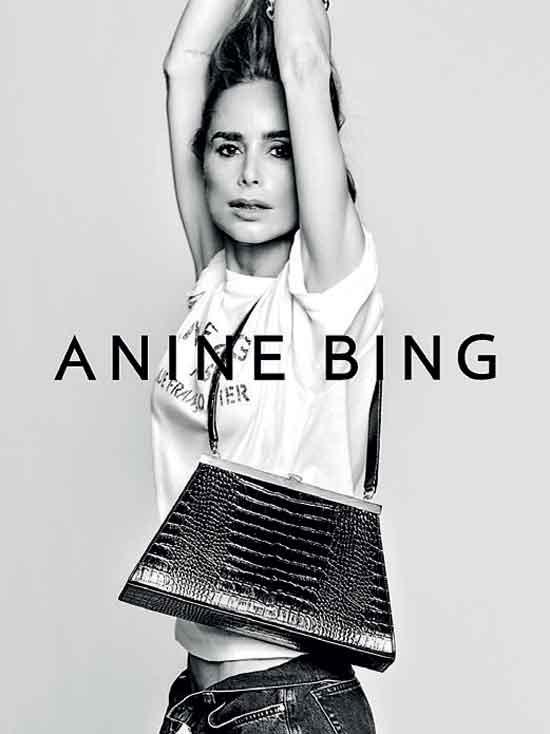
Annie Bing “The Annie Bag” 2025 Campaign
The Future of Modern Luxury
The success of mid-luxury points to something profound: the democratisation of desire. Luxury, once defined by scarcity, is now defined by sincerity. The most powerful brands of the next decade will be those that bridge emotional authenticity with aesthetic excellence, those that make people feel something, not just own something. The industry’s future lies in nuance, not noise. It’s in limited drops that feel personal, not mass-produced; in transparency reports that read like love letters, not PR statements. It’s in brands that invite you into their world rather than standing apart from yours. Perhaps that is the paradox of modern luxury: the more accessible it becomes, the more powerful it feels. True luxury today is not about being unreachable; it’s about being unmistakably human. When you slip on a Mejuri ring or button up an Anine Bing blazer, you’re not just wearing a product, you’re wearing a philosophy. You’re aligning yourself with a movement that values depth over display, intention over impulse, connection over consumption. And maybe, in a world that moves at the speed of a scroll, that quiet sense of rightness, knowing that what you wear, and who you support, reflects your values, is the most luxurious feeling of all.


